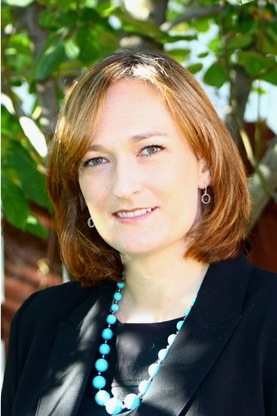Welcome to the forums at seaphages.org. Please feel free to ask any questions related to the SEA-PHAGES program. Any logged-in user may post new topics and reply to existing topics. If you'd like to see a new forum created, please contact us using our form or email us at info@seaphages.org.
Recent Activity
Debbie Jacobs-Sera posted in Next Phamerator Update?
Steven Caruso posted in Next Phamerator Update?
Debbie Jacobs-Sera posted in Validating Translational Frameshifts in DNA Master
storksle posted in Validating Translational Frameshifts in DNA Master
Debbie Jacobs-Sera posted in Validating Translational Frameshifts in DNA Master
Signal peptides vs membrane proteins
| Link to this post | posted 05 Sep, 2017 04:32 | |
|---|---|
|
|
I think I have found a pham that is annotated incorrectly for the functions, and I wanted to post what I found, just in case it may help someone else. Pham 1929 (as of 9/4/17) in clusters L (Zakai_52) and O (Catdawg_81). In the cluster L, some of these are called membrane proteins or band-7 like, but I think they only have signal peptides, which can show up as transmembrane domains. Here is the TMHMM output for Zakai_52, but both Phobius and SignalP indicate signal peptides. For comparison, Catdawg_81, in the same pham, has similar Phobius and SignalP results, but no called transmembrane domains by TMHMM. HHPred did have high probability and high coverage hits to Hfl proteins, which is probably why membrane protein was called: High frequency of lysogenization C (HflC) family; SPFH (stomatin, prohibitin, flotillin, and HflK/C) superfamily Would it be helpful to have signal sequences noted in annotations, like we do for some domains? |
| Link to this post | posted 31 Oct, 2017 15:32 | |
|---|---|
|
|
Thanks for hunting this down! But no, I don't think we will be putting signal sequences into annotation files. |


